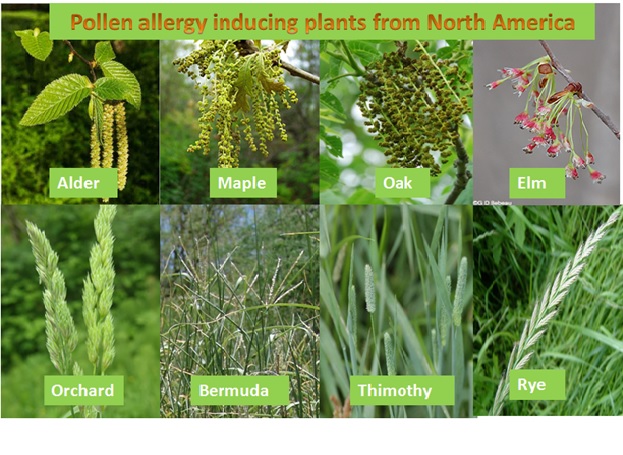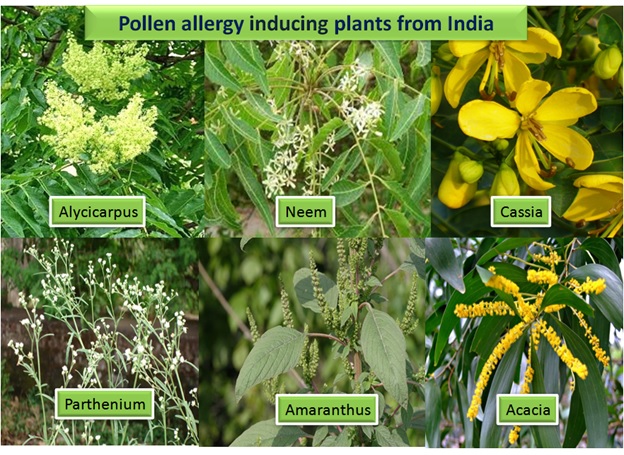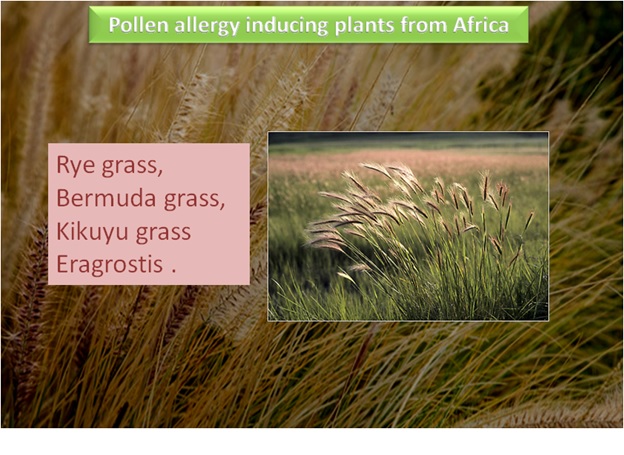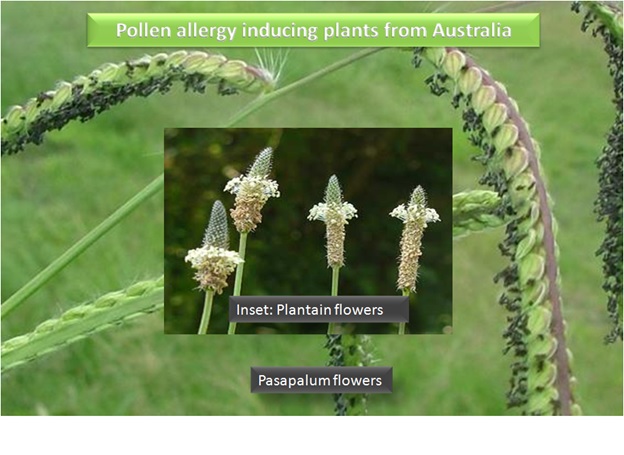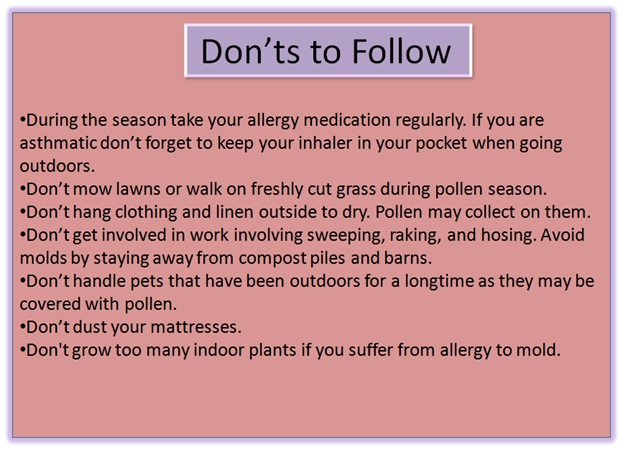Abdominal bloating is a condition in which the stomach feels full and tight due to buildup of gas in the small intestine. This can make the stomach area visibly swollen. Many times, bloating is accompanied by other symptoms like cramps, belching, pain, diarrhea, shortness of breath and lower back pain.
A number of factors can cause bloating. The main reason is the buildup of intestinal gas. Other causes include constipation, peptic ulcers, anorexia, anxiety, smoking, water retention, trapped air, overeating, indigestion, premenstrual syndrome (PMS), menopause, and irritable bowel syndrome (IBS).
A good way to relieve bloating is to encourage passing gas and a bowel movement. But if you are not able to get rid of bloating, then try some simple home remedies.
Cruciferous Vegetables
Broccoli, Brussels sprouts, cabbage, and kale are also high in raffinose so they can cause gas and bloating. But they’re also high in vitamins, minerals and antioxidants so they’re a good part of a healthy diet. Your digestive system will adjust over time so start with smaller portions and work up. Steaming your cruciferous veggies might also help reduce some of the bloating.
Carbonated Beverages
Carbonated beverages, such as soft drinks and beer can make you feel bloated because you’re essentially swallowing air. You’ll probably get some relief by belching, but you might still feel some bloating for a while after. Chewing gum, sucking on hard candy and eating or drinking too fast may have a similar effect.
Greasy Foods
Eating a meal that’s high in fat can also make you feel bloated. Fats slow down the rate at which your stomach empties into the small intestine. So while eating some fat is fine, eating a large greasy meal might make you feel miserable. There is not much to do, but wait until the bloating passes and watch your portion sizes next time.
Legumes :Dry beans and lentils
Dry beans and lentils are high in a fiber called raffinose and eating them in large amounts can result in a lot of gas formation. Legumes are high in nutrients so they should be part of a healthy diet. Avoid excess gas by starting with small portions and slowly build up the amounts you eat. Alternatively, try a digestive aid such as Beano.
Foods Sweetened with Alcohol Sugars
Foods sweetened with alcohol sugars, such as sorbitol, mannitol, and xylitol can cause you to feel bloated because you do not digest them well so bacteria in your digestive tract ferment them. Alcohol sugars are used in sugar-free gum and candy as well as some “low-carb” foods.
Dairy Products
Milk and dairy products can cause discomfort and bloat for people who have lactose intolerance, which s the inability to digest milk sugar (lactose). It is especially common in Native Americans, African-Americans, Asians, and Latinos. Drinking lactose-free milk or taking lactase pills with your dairy products can help alleviate the symptoms = but please speak with your health care provider first.
Whole Grains
Whole grains are good for you because they are rich in fiber and nutrients. But the fiber, along with the starch, can make you feel a bit bloated if you over-do it. The good news is that your digestive system will adapt to the extra fiber and the gas and bloating should decrease over time.
Chewing gum
Who knew that chewing gum could be contributing to the fact that you are feeling bloated? However, there are two possible reasons that there may be a connection:
- Intestinal gas can be produced by bacteria interacting with certain foods. Those bacteria seem to love artificial sweeteners that end in -ol (such as sorbitol) — sweeteners that are found in many sugar-free chewing gums.
- Intestinal gas can also come from swallowed air, and air gets swallowed when we chew gum.
Controlling bloating:
1) Increase potassium: The more salt you consume on a given day, the more potassium-rich foods—asparagus, citrus fruits, melon, tomatoes—you should eat.
2) Get off the couch: In many people, exercise stimulates the bowels, ending constipation.
3) Down 8 glasses of liquids each day: Fluids help flush waste out of your system and reduce water retention. Coffee can have the added bonus of contracting the colon, helping you to go.
4) Sip peppermint tea: Peppermint is great for soothing churning stomachs and easing gas pains. It’s essential oil contains menthol, which has an antispasmodic effect of the smooth muscle of the digestive track. Research suggests that enteric-coated peppermint-oil capsules also help with stomach pain.
5) Ginger is a tummy tamer -whether you are nauseas, struggling with the stomach flu, or suffering from indigestion, chances are you have been given ginger in some form to help calm your upset tummy. It is capable of performing its wonders because of several different chemical components it possesses. Two chemicals-gingerols and shgaols- relax the intestinal track and ease any inflammation, while the root in its entirety act as a carminative-that is it prevents the formation of excess gas, or helps expel it.
6) Eat pumpkin: Gas is usually caused by improper food digestion, which is why high fiber foods (like beans) often times create some issues with flatulence. Fiber is hard for us to digest, so it passes through our gut in bulk.
7) Chew cumin seeds: Roasted or raw cumin seeds relieves gas and bloating.
8) Drink buttermilk with asafetida and cumin powder: Add little salt for taste. This one is always a winner.
9) Skip the Salt: Salty foods are another group of food to avoid. Salty foods can contribute to water retention and therefore make you feel bloated. More importantly, you need to know that the health problems associated with excess salt intake can go far beyond feeling uncomfortable in your clothes. Excessive salt intake can increase your risk of heart problems, as well as other serious health conditions.
References :
1) http://www.huffingtonpost.com/
2) http://www.top10homeremedies.com/
Image credit: Image by Darko Djurin from Pixabay
3) http://nutrition.about.com/
Image courtesy: http://hena.us/wp-content/uploads/2015/06/bloated.jpg










